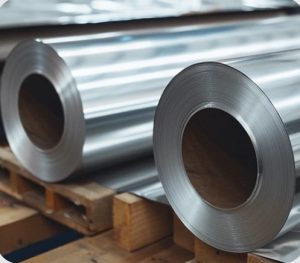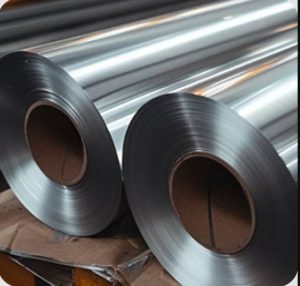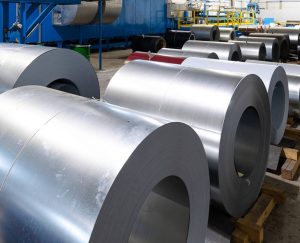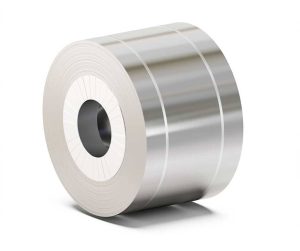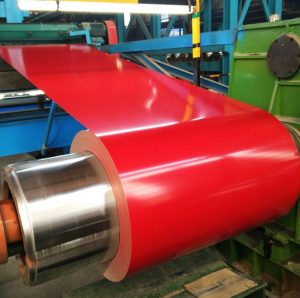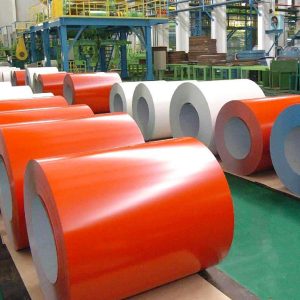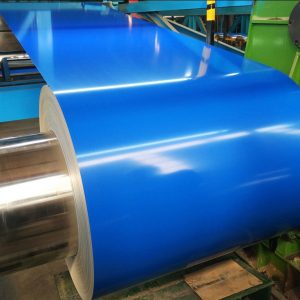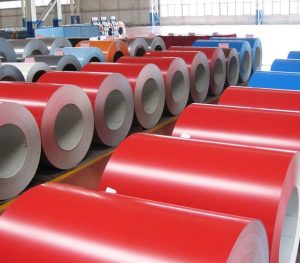When designing or constructing with color coated steel, understanding its thickness is essential. Many clients ask, “How thick is color coated steel?” or “What gauge should I choose for my project?” These questions are valid because the thickness impacts durability, weight, and application suitability. In this article, we’ll explore color coated steel gauge standards, weight calculations, and practical tips. Plus, I’ll share my personal experience with choosing the right thickness for a recent project.
Transition: 第一的, let’s clarify what color coated steel is and why its thickness matters.
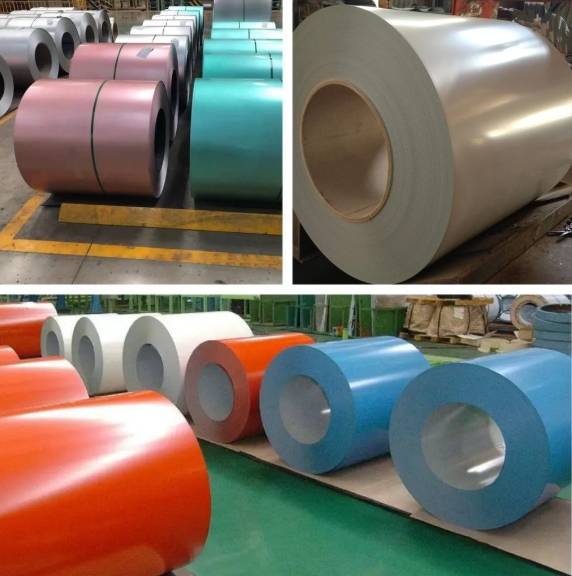
What Is Color Coated Steel and Why Does Thickness Matter?
The Problem
Many users underestimate how the thickness of color coated steel affects performance. Choosing the wrong gauge can lead to structural issues or unnecessary costs.
The Solution
Color coated steel is steel with a protective and decorative coating, often used in roofing, wall panels, 和設備. Its thickness, measured in gauges or millimeters, determines strength, flexibility, and longevity. Knowing the standard gauges helps you select the right product for your needs.
Real Data
According to a 2023 industry report, the typical color coated steel gauges range from 0.12 inches (about 26 gauge) to 0.4 inches (about 20 gauge), depending on application (來源: Steel Market Trends, 2023).
1. Understanding Gauge and Thickness of Color Coated Steel
The Problem
Gauge numbers can be confusing because they don’t directly translate to millimeters or inches. Many buyers struggle to interpret what gauge suits their project.
The Solution
Gauge is a standardized measurement indicating steel thickness. In the US, lower gauge numbers mean thicker steel. For example:
| Gauge | Thickness (Inches) | Thickness (毫米) | Typical Application |
|---|---|---|---|
| 22 | 0.0299 | 0.76 | Light roofing, siding |
| 20 | 0.0359 | 0.91 | Structural panels |
| 18 | 0.0478 | 1.21 | Heavy-duty roofing |
| 16 | 0.0598 | 1.52 | Industrial applications |
Note: This table helps clarify how gauge relates to actual thickness.
My Experience
When I ordered color coated steel for a commercial project, I initially chose 24 gauge, but it was too thin for structural support. Upgrading to 20 gauge solved the problem, emphasizing the importance of understanding gauge.
2. Weight of Color Coated Steel Based on Thickness
The Problem
Calculating the weight of color coated steel sheets is tricky without proper data, leading to misestimations in material costs and structural design.
The Solution
Weight depends on thickness, width, length, and density. The general formula is:
Weight (公斤) = Thickness (毫米) × Width (m) × Length (m) × Density (kg/m³)
The typical density of steel is around 7850 kg/m³. For example, a 1-meter wide, 1-meter long sheet of 0.5 mm thickness weighs approximately:
0.5 mm = 0.0005 m
Weight = 0.0005 m × 1 m × 1 m × 7850 kg/m³ = 3.93 公斤
Data Table
| Thickness (毫米) | Approximate Weight per m² (公斤) |
|---|---|
| 0.12 | 0.94 |
| 0.20 | 1.57 |
| 0.30 | 2.36 |
| 0.50 | 3.93 |
This helps in estimating total project weight and costs.
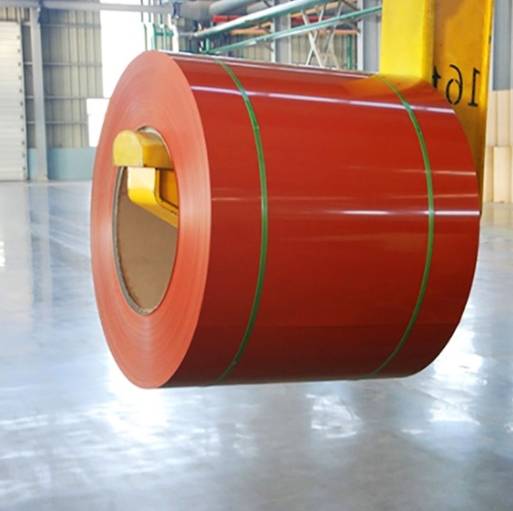
3. Comparing Different Thicknesses of Color Coated Steel
The Problem
Choosing between thicker or thinner color coated steel involves trade-offs in cost, durability, and flexibility.
The Solution
Let’s compare Project A using 0.12-inch (about 26 gauge) steel and Project B using 0.20-inch (about 20 gauge) 鋼:
| 特徵 | Project A (0.12″) | Project B (0.20″) |
|---|---|---|
| Cost | Lower | Higher |
| 耐用性 | 緩和 | 出色的 |
| Weight | Light | Heavier |
| Flexibility | 高的 | 緩和 |
| Application | Decorative panels | Structural support |
Transition: The choice depends on your project’s specific needs and budget.
4. Step-by-Step Guide to Choosing the Right Thickness
The Problem
Many clients pick a thickness without considering application demands, risking failure or overspending.
The Solution
Follow these 5 steps:
- Assess Load Requirements: Will it support weight or just decoration?
- Determine Environmental Exposure: Will it face corrosion, wind, or impact?
- Evaluate Structural Needs: Does it need to bear loads?
- Consult Industry Standards: Check local codes and standards.
- Request Samples and Test: Verify performance before bulk purchase.
My Tip: Always overestimate thickness slightly for longevity, especially in harsh climates.
5. Common Mistakes and Warnings
⚠️ Note:
Assuming thinner color coated steel is always better for saving costs can lead to early failure.
⚠️ Note:
Ignoring environmental factors may cause corrosion or warping, especially with thinner gauges.
⚠️ Note:
Not verifying product certifications can result in subpar quality and safety issues.
Practical Performance Comparison Table
| Factor | 0.12-inch Steel | 0.20-inch Steel |
|---|---|---|
| Cost | Lower | Higher |
| 耐用性 | 緩和 | Better |
| Suitable for | Decorative uses | Structural applications |
| Weight | Light | Heavier |
| Application | Cladding | Load-bearing panels |
This table simplifies your decision-making process.
Why Choose Shanxi Luokaiwei Steel Company?
在 Shanxi Luokaiwei Steel Company, we specialize in color coated steel with a focus on quality and reliability. Our products feature:
- Precise gauge control for consistent thickness
- Advanced coating technology for weather resistance
- Wide range of gauges and finishes
- Competitive pricing and fast delivery
We’re committed to providing solutions tailored to your project needs. With our extensive experience, we ensure you get the right color coated steel for durability and aesthetic appeal. Contact us today for a quote and leave your worries behind!
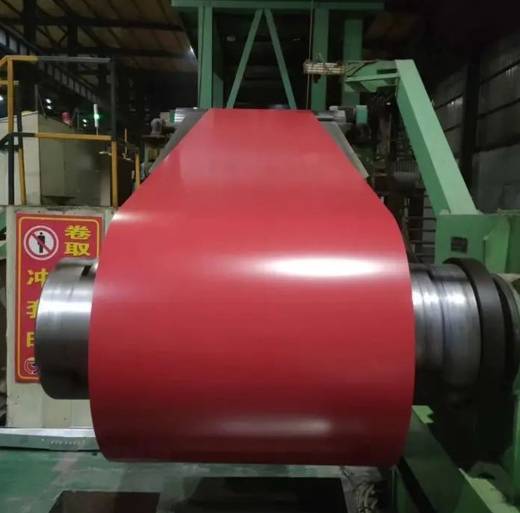
Final Checklist for Selecting Color Coated Steel Thickness
- Determine the load and structural requirements
- Assess environmental exposure (corrosion, wind, impact)
- Choose appropriate gauge based on application
- Review industry standards and certifications
- Request samples for testing under real conditions
- Calculate total weight and costs accurately
- Confirm supplier reliability and support
- Consider future maintenance needs
- Plan for potential upgrades or reinforcement
- Ensure product warranty coverage
This checklist helps you make an informed, reliable decision.
結論
Understanding color coated steel thickness, gauges, and weight is crucial for successful projects. Whether you’re building a roof, wall, or decorative element, choosing the right gauge impacts durability and cost. Remember, thicker steel offers better strength but may increase costs, while thinner options are lighter and more economical but less durable.
My advice: Always evaluate your project’s specific needs, environmental factors, and standards. And, of course, partner with a trusted supplier like Shanxi Luokaiwei Steel Company to ensure quality and peace of mind. Reach out today to discuss your project requirements!
By following this guide, you’ll be well-equipped to select the perfect color coated steel thickness for your application.


